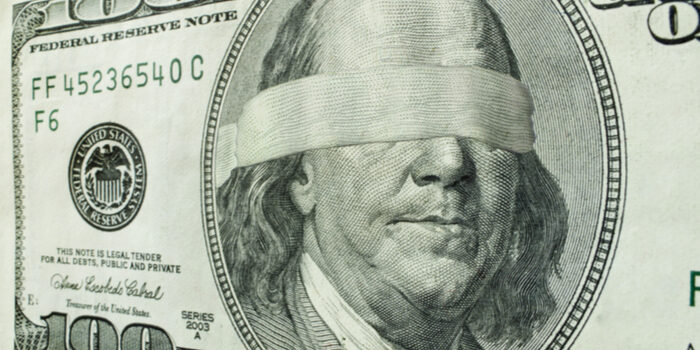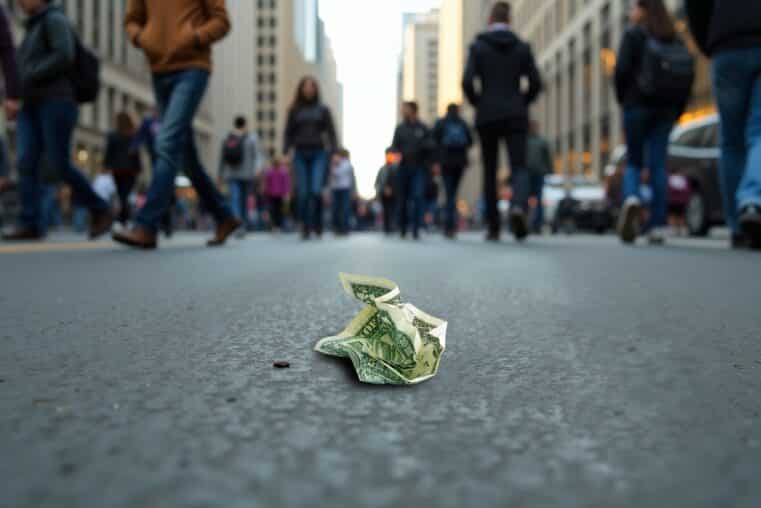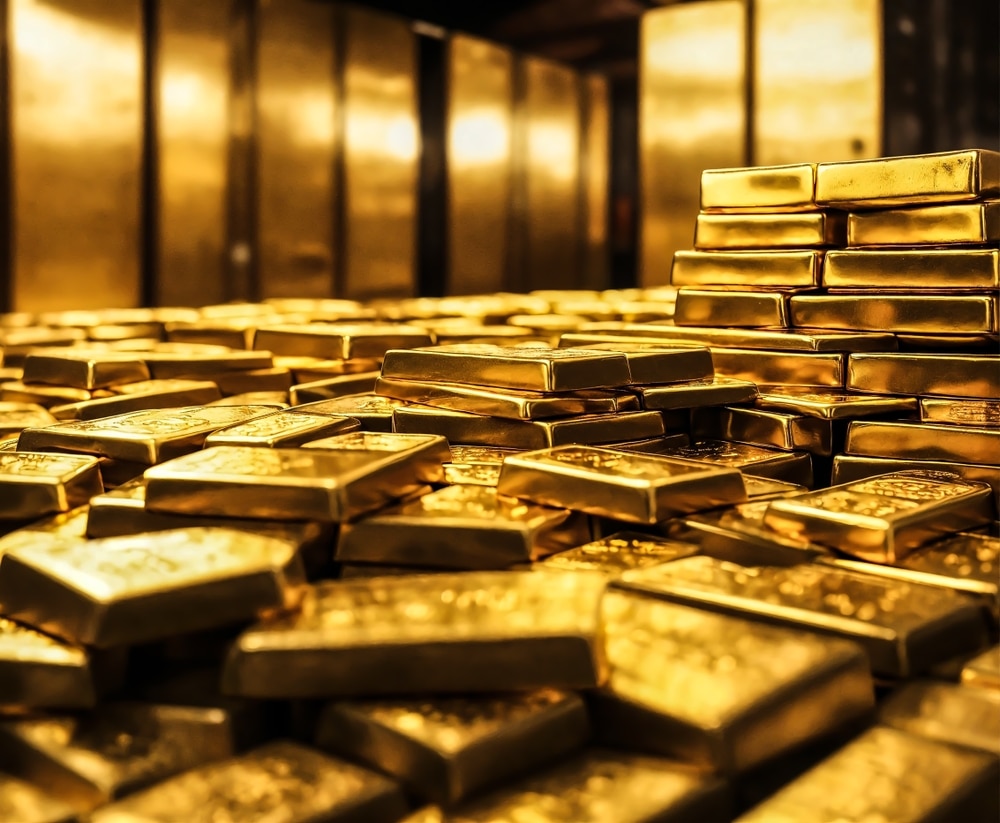
Boxed In and Flying Blind, What’s the Fed to Do Now?
During Jerome Powell’s speech in Jackson Hole, he made a curious statement: “There are, however, no recent precedents to guide any policy response to the current situation.”
He was directly addressing the impact of the current US-China trade war on the economy and, by extension, monetary policy.
But the implications of that message runs deeper than its intended object: Powell just admitted that the Federal Reserve has no clue as to what it’s doing given current circumstances.
The Fed is taking action while “flying blind” in the face of potential economic storm clouds.
Earlier today, the FOMC voted to cut rates by another 25 basis points. It’s what the markets wanted and expected.
And how did the market initially respond? The Dow sank by 170 points.
What was wrong with the rate cut? It looked like another “mid-cycle adjustment” (like the last rate cut), which didn’t promise a forthcoming series of cuts.
According to the Fed’s statement, the economy is in good shape overall, but they felt it appropriate to bring down rates slightly:
Although household spending has been rising at a strong pace, business fixed investment and exports have weakened. On a 12-month basis, overall inflation and inflation for items other than food and energy are running below 2%. Market-based measures of inflation compensation remain low; survey-based measures of longer-term inflation expectations are little changed…
Consistent with its statutory mandate, the Committee seeks to foster maximum employment and price stability. In light of the implications of global developments for the economic outlook as well as muted inflation pressures, the committee decided to lower the target range for the federal funds rate to 1.75–2%.
Earlier this week, short-term rates spiked, the overnight lending market nearly ground to a halt. By Tuesday, the Fed just injected $128 billion to pull interest rates back down.
The reason behind the 10% spike is debatable, the reasons hadn’t led to anything conclusive. But that it did happen is probably more important than why it happened.
Are interest fluctuations heading toward a point beyond the Fed’s control? Might it be a prelude to another credit crisis?
As Zerohedge opines:
When the temporary liquidity injections provided by the repo process prove not enough the keep the system afloat the Fed will have no option but to resume quantitative easing, i.e., the massive expansion of money into the system.
It turns out that later in the day, Powell hinted toward something similar:
Going forward, we’re going to be very closely monitoring market developments and assessing their implications for the appropriate level of reserves. And we’re going to be assessing the question of when it will be appropriate to resume the organic growth of our balance sheet… It is certainly possible that we’ll need to resume the organic growth of the balance sheet sooner than we thought.
This hint leans toward more QE. Not surprisingly, Powell’s comments sent the Dow rallying by 208 points, ending the day up with a 38-point gain.
It’s becoming a mechanical process. As head of research for Inter-Pacific Securities Pong Teng Siew states, “I think we are set for QE forever; the Fed is boxed in. Long before the recession arrives, the Fed will likely cut rates and when the recession sets in, they will quickly engage in the next QE program.”
So, how boxed-in is the Fed? Take a look at a 62-year historical chart of the Fed Funds Rate:
Source: Macrotrends
We haven’t seen rates this low since the 1960s. Artificial rates led to a boom, albeit an unsustainable one--as rates near zero tend to foster an excessive degree of malinvestment.
Meanwhile, the US Unemployment Rate remains at a 50-year low.
Source: Macrotrends
Consumer price inflation remains at a relatively “healthy rate at 1.8%, though lower than the Fed’s expects.
All the while, the load of excess reserves in the banking system remains extraordinarily high relative to its pre-crisis levels.
Source: St. Louis Federal Reserve
As Mises.Org puts it:
Far from being in the midst of a robust "recovery," the patient--i.e. the US economy--is still incredibly weak, needing constant infusions of medicine to stave off a crisis in its circulation.
Ultimately, QE encourages more debt.
Businesses can borrow, invest (and malinvest), and hire. Consumers can secure more debt with lower long-term interest rates. Overall, QE can stimulate the economy by encouraging more borrowing and spending.
But QE can also erode the dollar’s purchasing power.
It raises the threat of inflation. More money added to the system means money is worthless. When money has a lesser value, goods and services become even more expensive. International trade dries up as the value of the money used to purchase goods begins to decline. And when QE practices are put to an end--as when the Fed began tightening months ago to reduce its balance sheet--the economic benefits disappear, creating a vicious cycle like the one we might be stuck in now.
Through it all, however, the only one constant that retains its value or whose value increases through the boom and bust of the economy and the dollar is gold. And unless you want to participate in the cyclical ups and downs of this cycle, you may want to consider hedging a portion of your portfolio with the yellow metal (as central banks have been doing since before 2018, culminating in the largest gold purchases since 1971).














